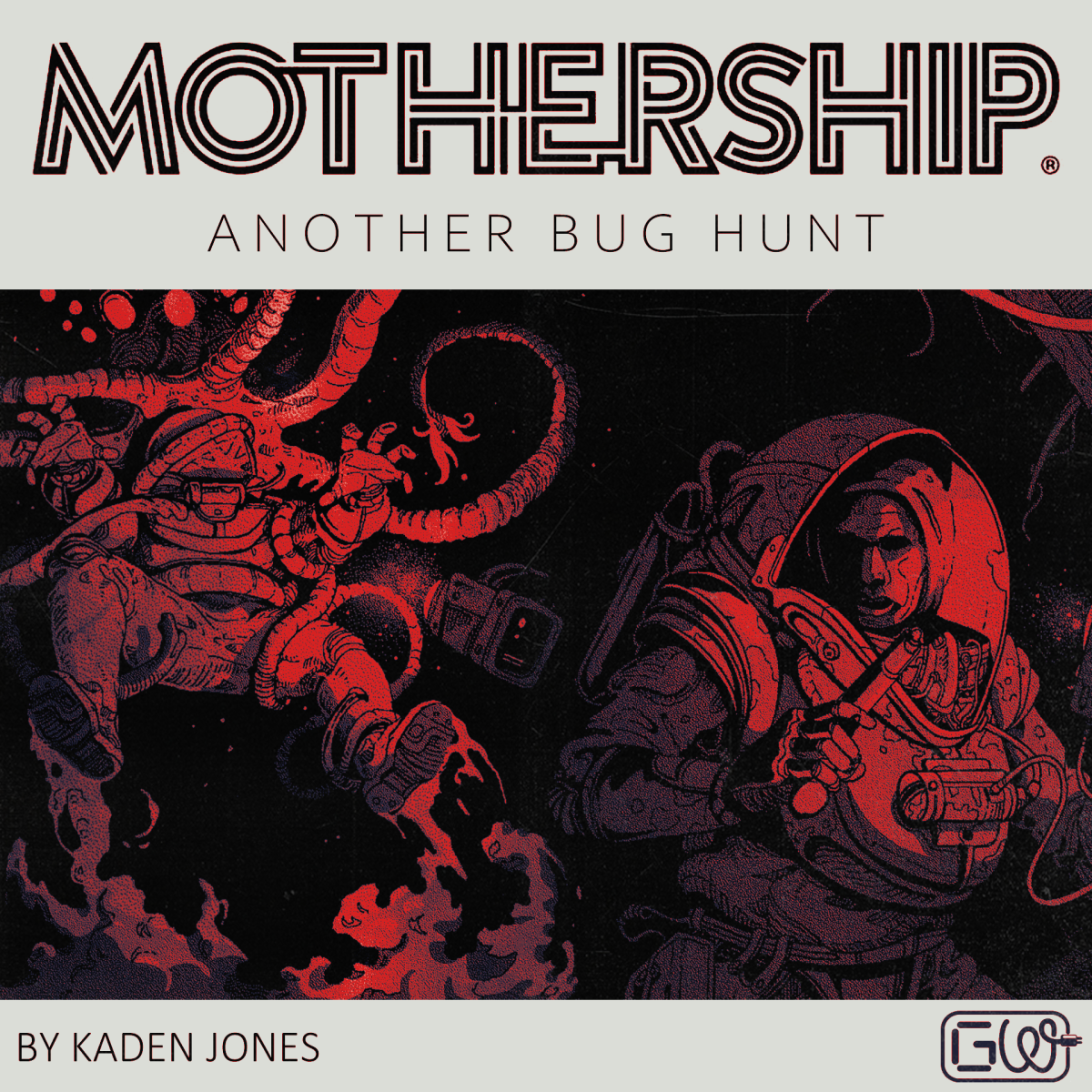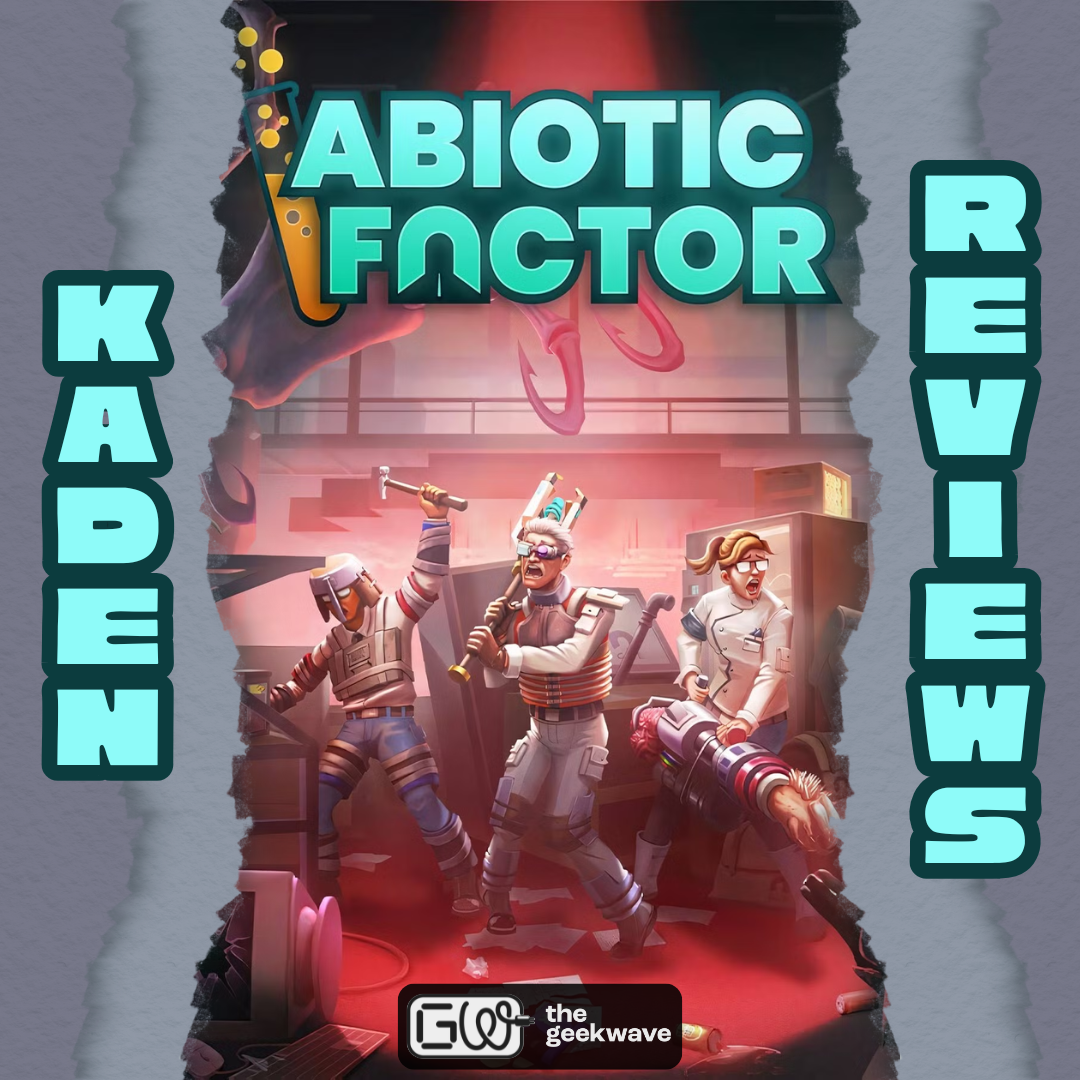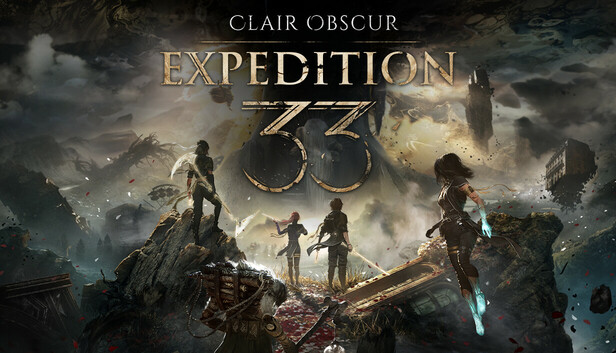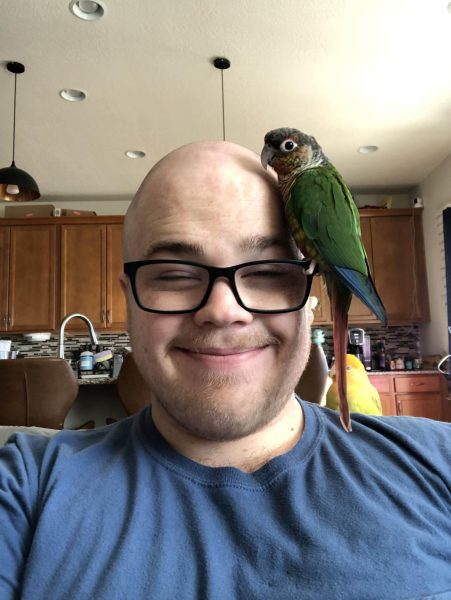The Push
For many of us, being the game master is an excellent way to show off creativity to our friends. It is a truly special feeling to watch your players eyes light up and get excited about something that you created. It’s an experience mostly unique to Tabletop RPGs to watch your creative work be personally appreciated.
At some point, however, the mechanics of your chosen TTRPG, be it Dungeons and Dragons, Call of Cthulhu, Blades in the Dark, etc, begin to actively fight against the story your table is trying to tell. If you reach this point you have three options: find a game system that supports your story better, home-brew the hell out of an existing TTRPG system, or make the system yourself. This is what I decided to do when I had the idea for a non-level based, equipment centered RPG.
This article will not be about publishing and marketing your TTRPG. Instead it will focus on the do’s and don’ts of creating and playing an RPG you intend to share with your table. However, if you hope to publish and sell your own TTRPG, this is an excellent starting point.
Spark
The first step to making your TTRPG is to be inspired. You need to pick a core that the rest of the game is going to revolve around. For example, my TTRPG was inspired by J.R.R. Tolkien’s: The Lord of the Rings, more specifically, all the cool mystical items that the fellowship gets throughout their journey. I wanted a game that revolved around items that had history and purpose to them, elevating the excitement of receiving something cool.
You don’t have to end with just one inspiration, however. While having one core theme everything will revolve around makes the design process easier, you can pick and choose other inspirations that compliment your core. My next biggest inspiration for my TTRPG was Hotel Valhalla from Rick Riordan’s: Magnus Chase series. When someone is killed in Hotel Valhalla, they are brought back to life the next day. The prospect that you could be as reckless as you want without suffering physical consequences sounded fun and was something I wanted in my TTRPG.
There was the well-founded worry that implementing this would make death meaningless in my game, however, a mixture of my core theme and secondary one created an elegant solution. Combat could be as brutal and challenging as I want, as the party’s failure would not mean the end of the campaign. But the equipment the party has–the core of my RPG–is at risk of being lost in a combat encounter, on top of whatever other stakes the individual combats held.
Foundation
The next step is to figure out the pillars of gameplay for your TTRPG. Is your game an adventure? A mystery? Do you want combat in your game? How important should roleplay be? It’s recommended you pick two-to-three main pillars to focus on. Too few, and your RPG may not have the variety your table is looking for. Too many, and you become a victim of scope creep. Chances are, you are making the RPG by yourself. Starting as simple as you can is the safest, and easiest way to get your game onto the table.
It’s important to note that just because your main pillars don’t include something like “roleplay” or “mystery”, doesn’t mean your game will lack these things. It just means that the brunt of your work making mechanics for your game won’t revolve around them. Instead, you can implement secondary pillars. These are things that you want your game to include, but the core gameplay loop won’t rely on their presence. Secondary pillars are best used to complement the main pillars of gameplay: A mystery that drives the adventure, or roleplay that gives your big combat context–these help give your main pillars more depth and make your game more enjoyable to play.
Make it Shine
Now that you know your pillars of gameplay, it’s time to get into the nitty-gritty. Chances are if you have only ever played one TTRPG, your own mechanics will be very similar to the game you know, to the point it might just look like a heavily home-brewed version of that RPG. This is not necessarily a bad thing, especially if that game is already enjoyed by your table. But the more TTRPGs you have played prior to making your own system, the more unique and fitting your mechanics will be.
When I created my game, it ended up being Dungeons and Dragons, but stripped down to make room for my own mechanics. Since then, I have read and played other TTRPGs, and have had my expectations for what a TTRPG can be completely shattered. As a result if I were to do it again, my game would be wholly different and better fit the world I created.
In the past few years since COVID and Stranger Things helped TTRPGs really blow up, there has been a bit of a mechanical renaissance. Games like Blades in the Dark popularized a “Fail Forward” approach to skill checks that many recent TTRPGs have adopted. Solo play mechanics, D20 alternatives, single page RPGs, and many more little breakthroughs are happening all the time in this space. If playing all these games for the sake of gaining experience is too big of an undertaking, Daggerheart, Ironsworn, Mothership, and almost every other new TTRPG publishes their rules online for free. Give them a skim, and see how they approach different mechanics. Implement the ones that fit your game best, or use them as inspiration to create your own. Just make sure to keep it as simple as you can.
You Failed…?
You can keep adding mechanics to your game forever, but at some point you just need to sit down and play the thing. Get your friends together, have a session 0 where you make sure your players know what they are getting into, plan a date to finally begin, and rest easy knowing that you have only just begun creating your game. This is why you have to, keep it simple. If you’re like me, after the first session you realize your game does not work how you intended at all. For the foreseeable future as you play your TTRPG: changes, additions, retcons, and fundamental shaking of pillars of your game are likely to pepper every session.
With enough careful planning and research this can be assuaged, but trial and error is how you are going to make your game shine. By utilizing trial and error, you’re naturally going to make your TTRPG uniquely your own as you learn what works for your table, and what doesn’t. Communicate with your players heavily in this process. Ask them questions or incorporate “Stars and Wishes” to ensure they’re having fun. Make it clear how grateful you are that they are still playing with you after retconning half of your old mechanics, as they are forced to learn an entirely new system.
New Spark
Making your own TTRPG is incredibly difficult and time consuming. Frustration and disappointment can rack your brain if you don’t pace yourself. If it is becoming too much, take a break. Ask for help. Be a player at your table or put your focus on something else. When you come back to finish your game, wisened by your time away, you will be reminded why you started in the first place: because it is fun. It is fun to see your work come together. It is fun to see your players delighted at all the hard work you put in. If you are the right kind of person, it is fun to put the work in.
For me, I enjoyed it so much I hope to do it again, this time with the intention of sharing it online for free on itch.io–to get a wider variety of feedback to further my game design experience. If any of this article peaked your interest or seemed fun, I encourage you to try making your own TTRPG, because it really can be worth it.
To explore indie TTRPG’s, Check out Itch.io’s Physical Games Page
Also check out Caitlyn’s: Clair Obscur Expedition 33: An Exploration of Grief
Graphic by Dialma Quiroz
Edits by Bentley Bramhall









